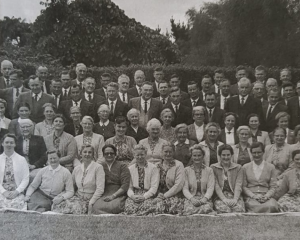New Zealand food prices rose in June as the onset of winter brought on higher prices for out-of-season vegetables.
The food price index rose 1.4 per cent in June, the fastest monthly pace since the same month a year earlier, and up from 0.6 per cent in May, according to Statistics New Zealand. On an annual basis, food prices rose 1.2 per cent, lower than the 1.8 per cent annual increase in May, and are at their highest level since peaking in July 2011.
The monthly increase was underpinned by an 8.9 per cent rise in the price of vegetables, driven by seasonally higher prices of tomatoes, lettuce and cucumbers, and a 9.9 per cent rise in poultry prices, on reduced discounting, Statistics NZ said.
The annual gain was driven by an 11 per cent rise in the price of fresh milk to a record high, and a 2.8 per cent increase in the price of meat, poultry and fish. Fruit and vegetable prices were down 2.3 per cent on an annual basis on cheaper avocadoes and bananas.
The food price index is the final component for economists to evaluate the pace of inflation ahead of next week's second-quarter consumers price index data, which is expected to show an annual increase of about 1.8 per cent. Food prices are given a weighting of about 19 per cent by Statistics NZ when assessing broader CPI.
ASB Bank economist Christina Leung said the June food price rises were "broadly in line with our expectations, with annual food price inflation moderating to 1.2 per cent - well below the double-digit rates of annual growth seen in 2008. The recent decline in global dairy and wheat prices means that grocery food prices should ease over the coming months."
Leung said she expected the Consumers Price Index data for the second quarter to be released next Wednesday would show a 0.5 per cent increase in overall consumer prices.
"This is higher than the Reserve Bank's June Monetary Policy Statement's forecast of a 0.3 per cent increase," said Leung. "But with both us and markets widely expecting the Reserve Bank will raise the OCR a fourth time at the 24th July meeting, any surprise either way is likely to have implications more for what the Reserve Bank will do beyond the July move."
Leung said she expected the Reserve Bank would pause after July and resume in December.
"Over 2015, we expect three further OCR increases for an OCR peak of 4.5 per cent by the second half of 2015."
Today's figures show grocery food prices, which make up about 38 per cent of all spending on food, rose 0.5 per cent in June, and were up 1.3 per cent on an annual basis. Non-alcoholic beverage prices fell 1 per cent in June, and were up 0.5 per cent on the year, while restaurant meals and ready-to-eat food prices edged up 0.2 per cent in June and an annual 2 per cent.












